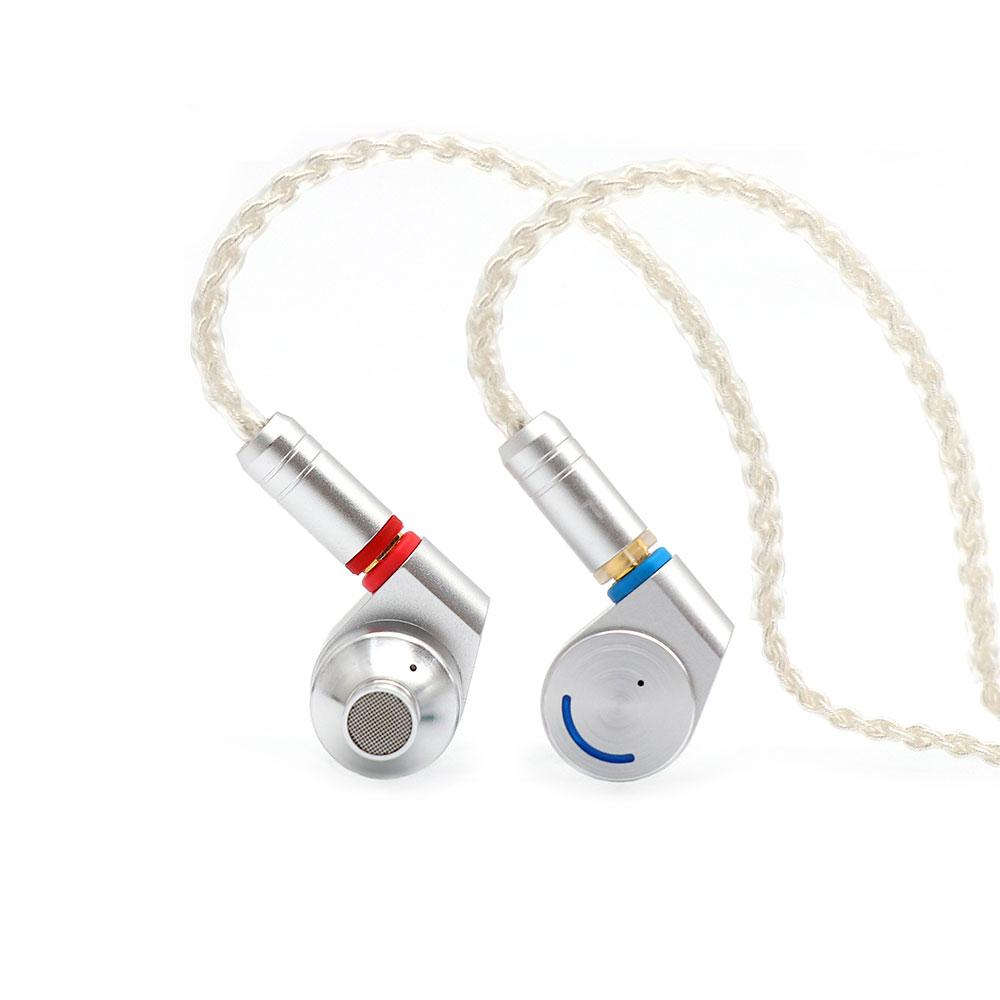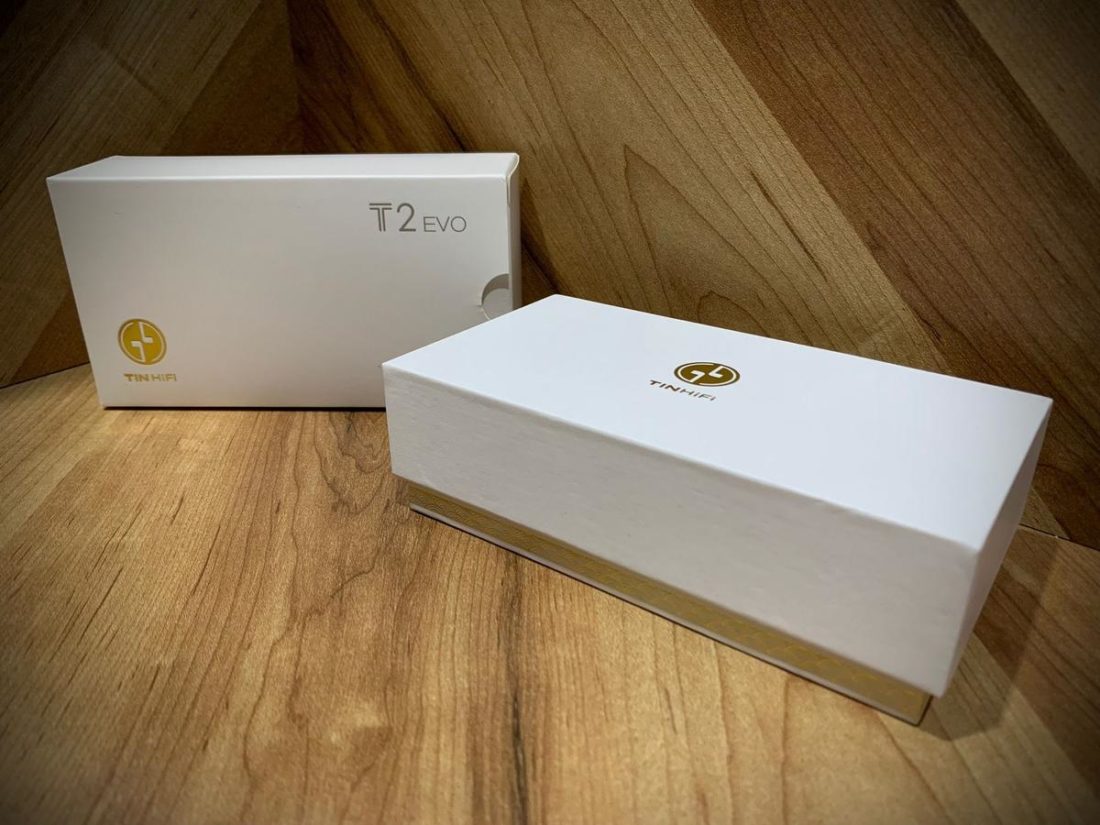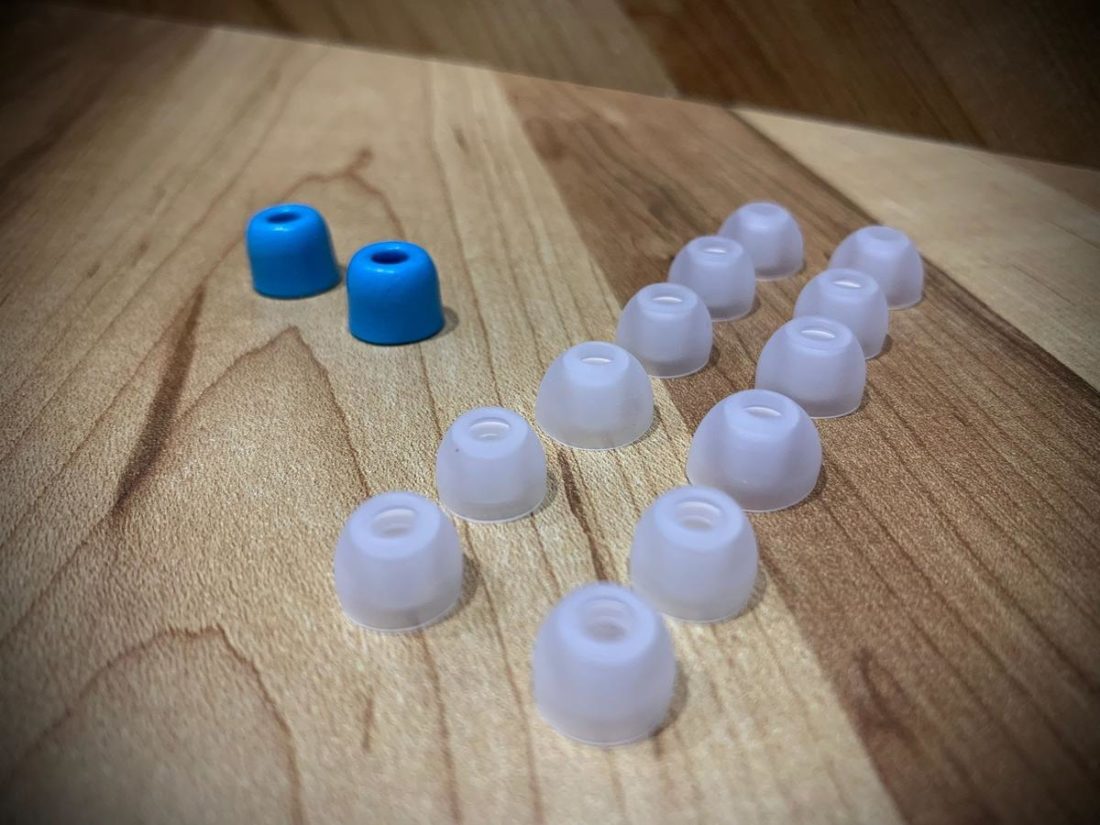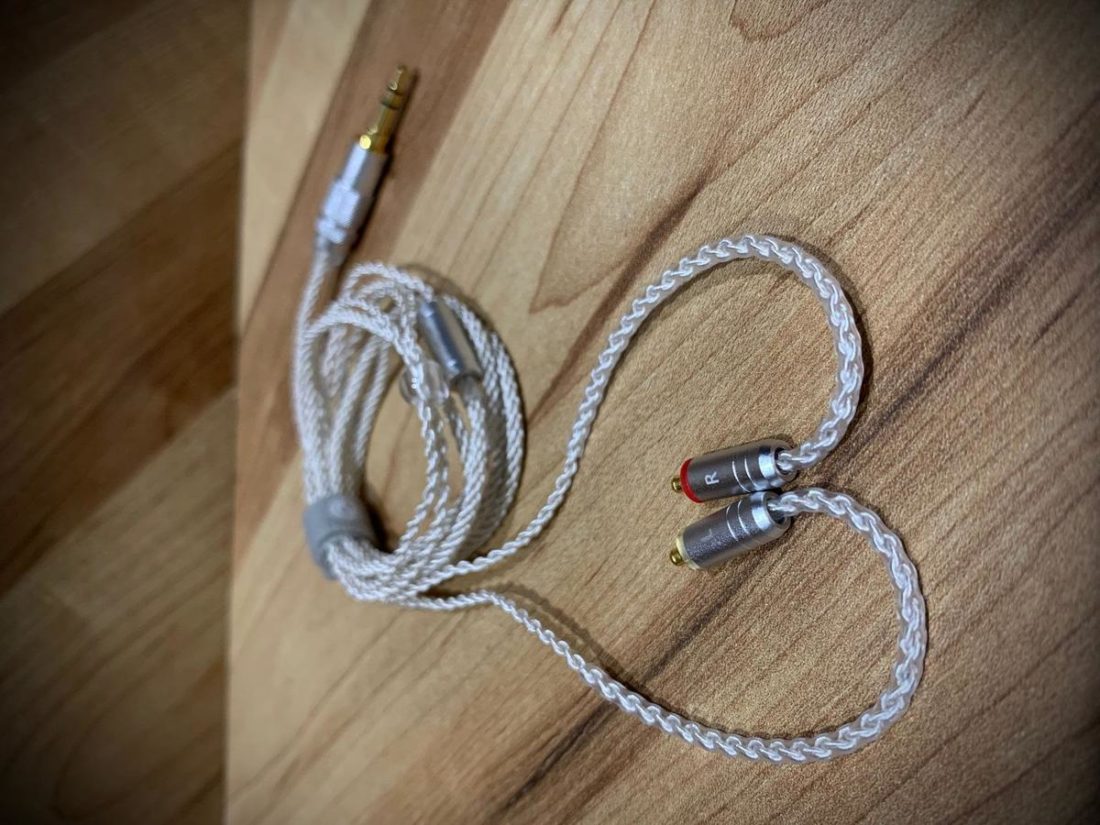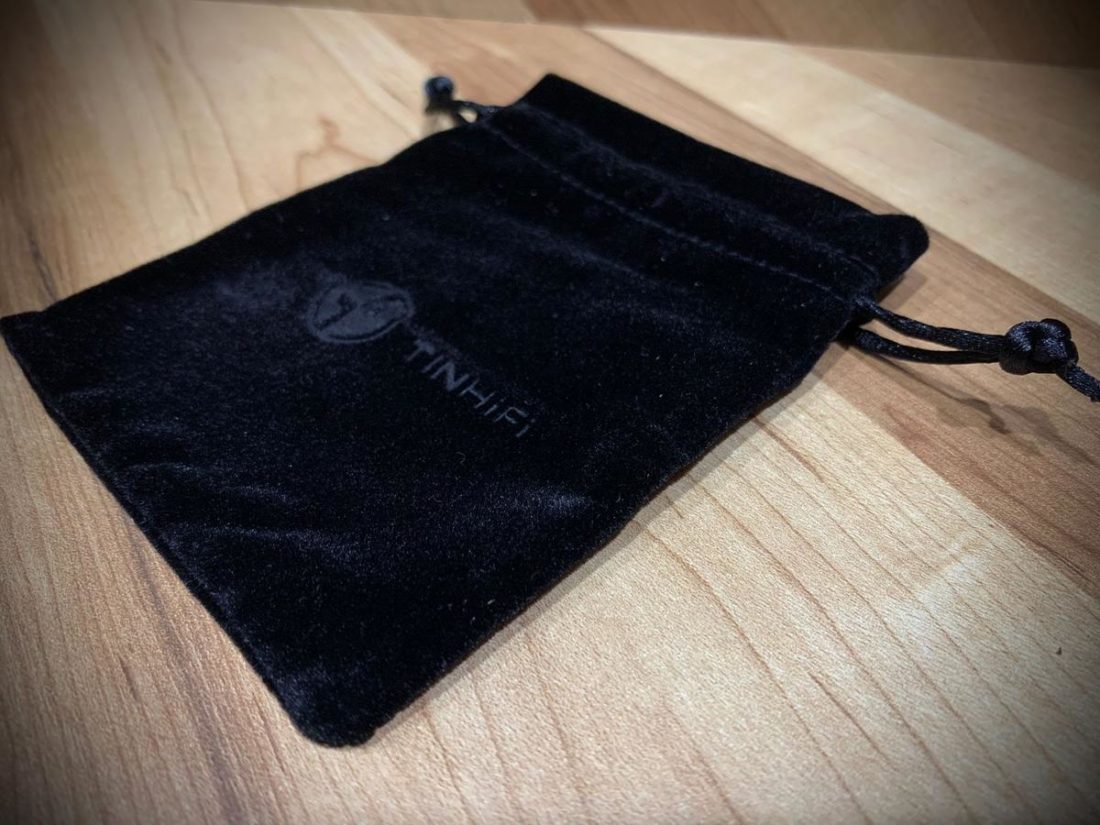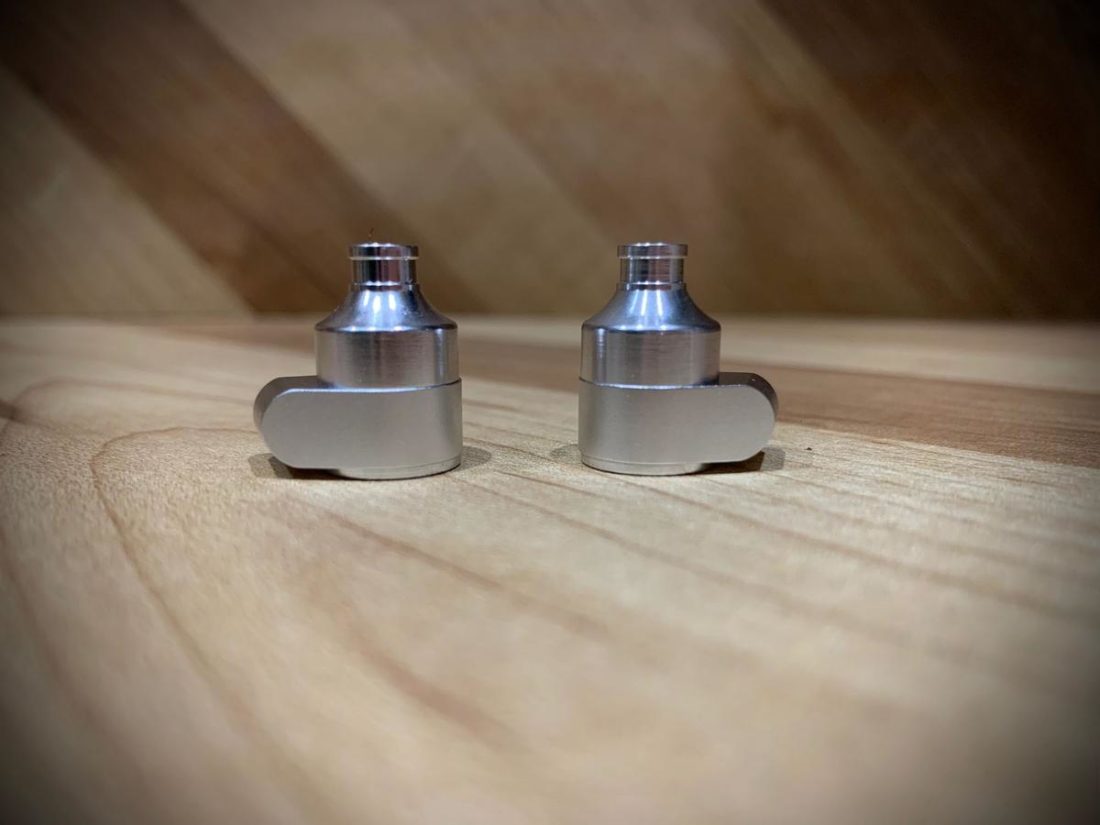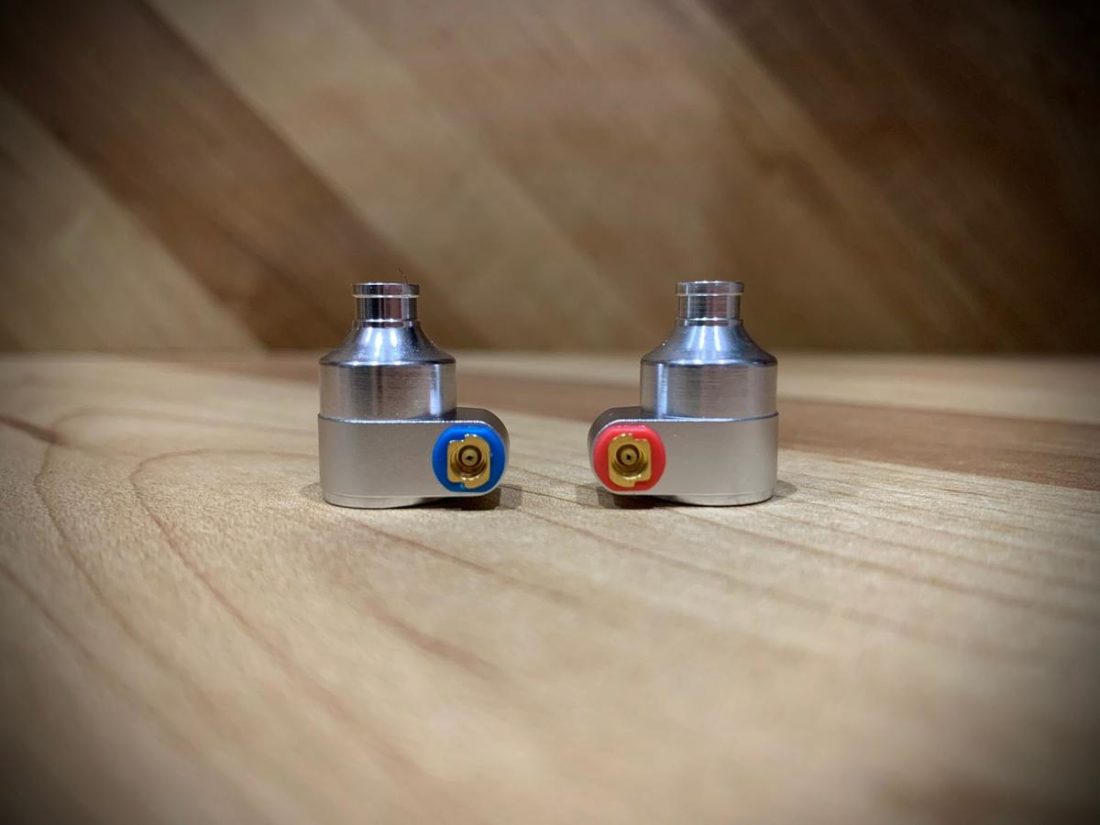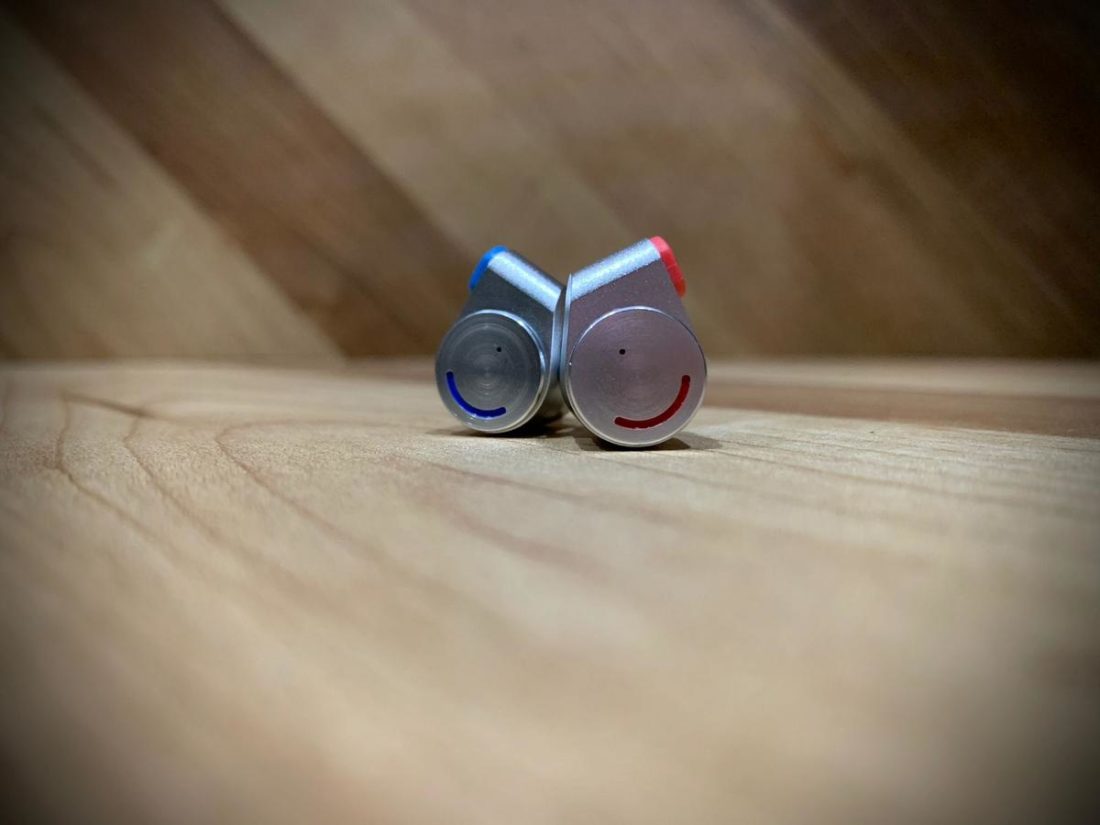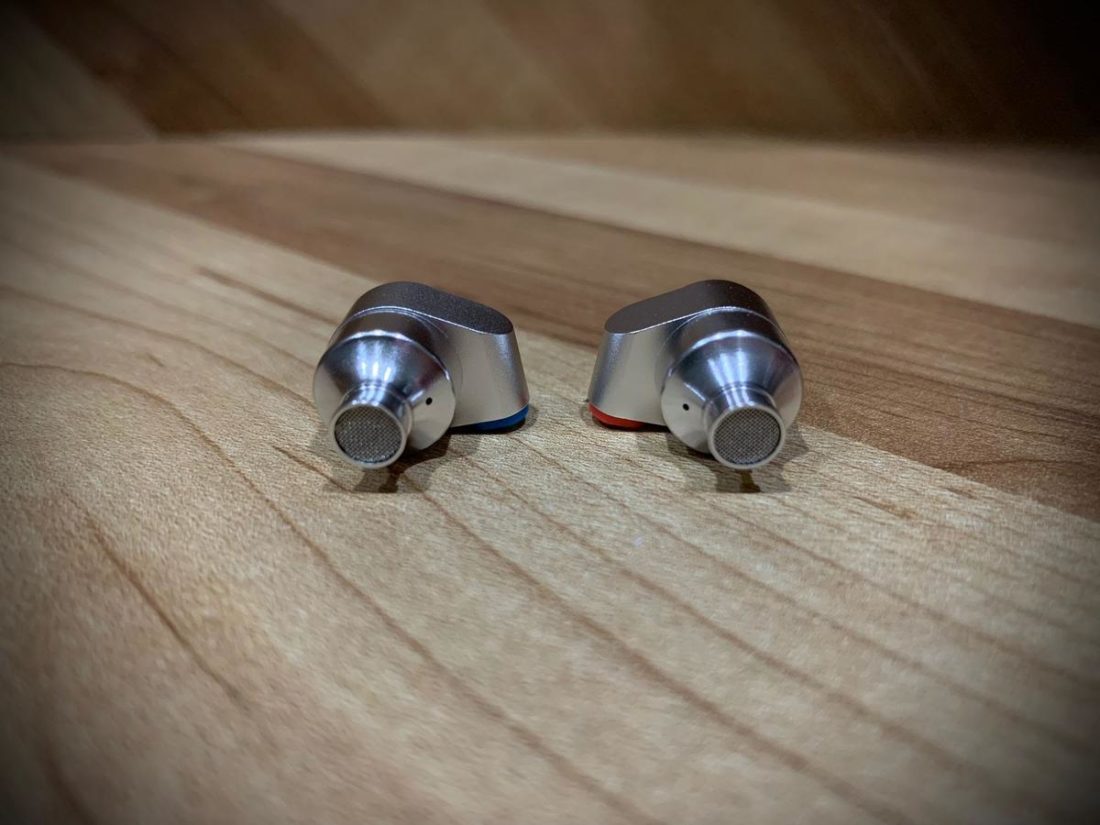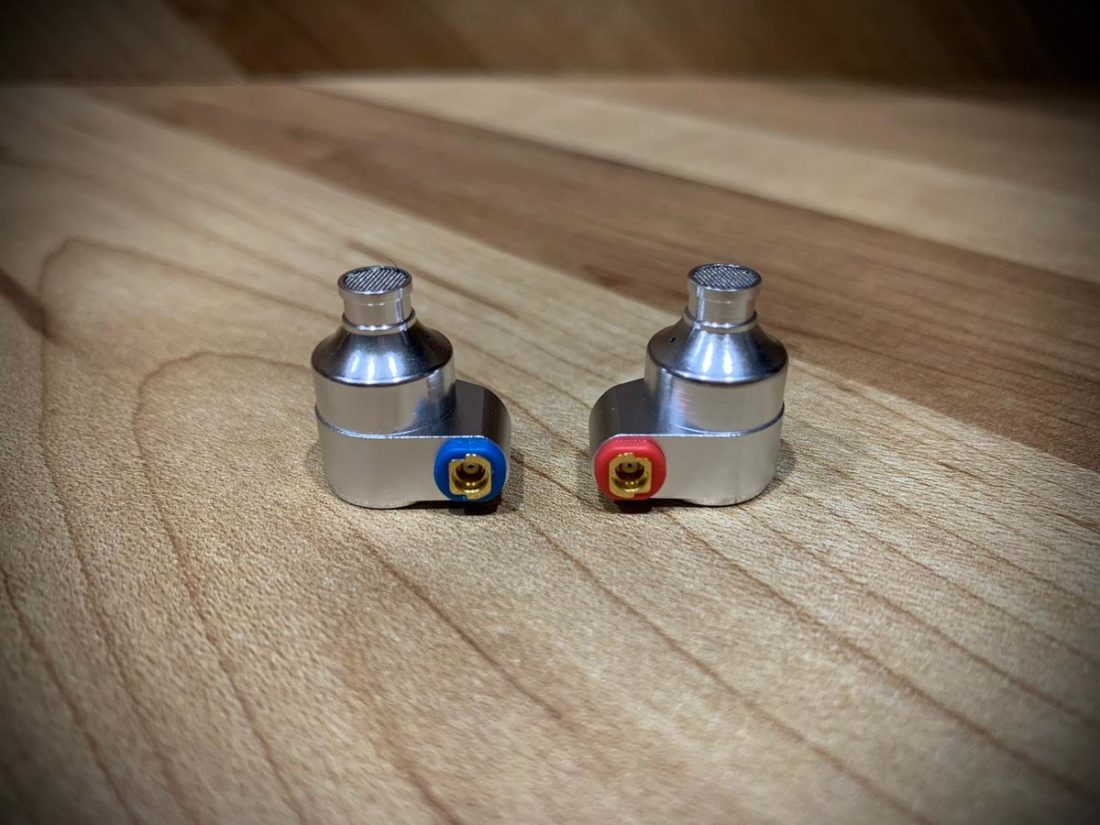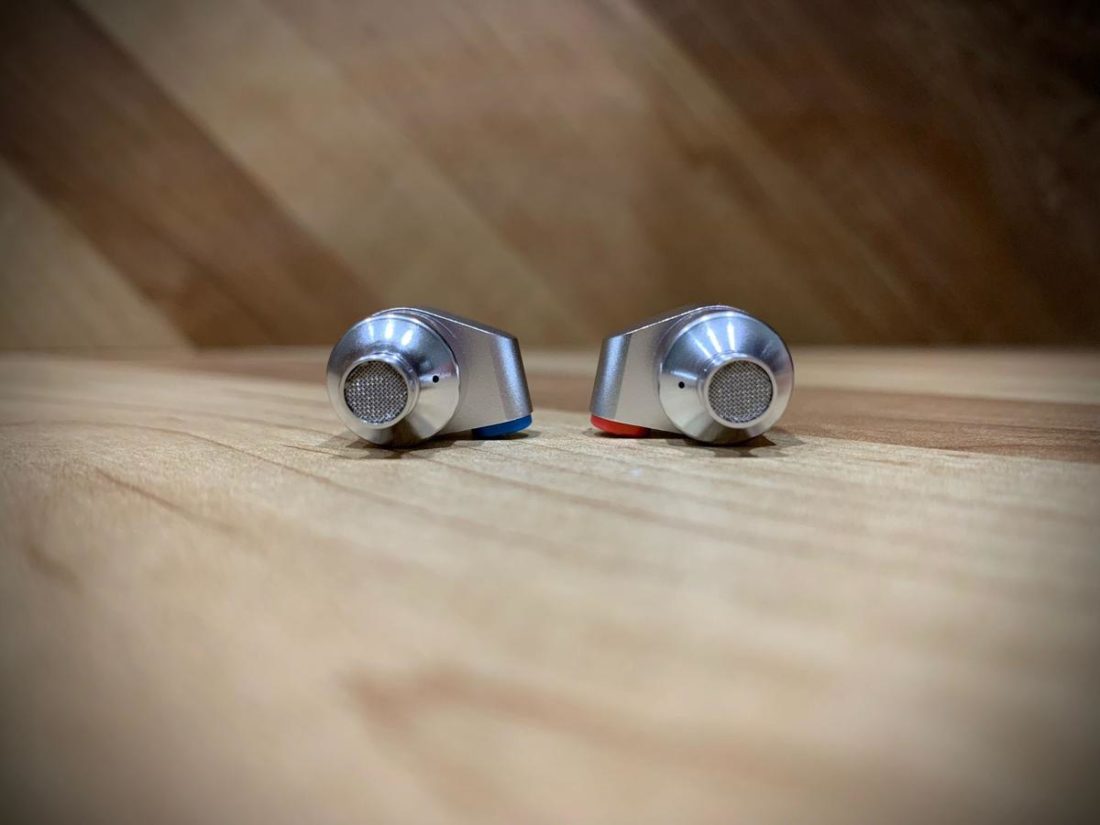Just 4-5 years back, the cost of entry for joining the audiophile IEM audio hobby was high; a multi-driver IEM would easily cost USD$300, and a single-driver counterpart would set one back around USD$100. Enter the budget CHI-FI manufacturers. Over the past few years, we have been very blessed to get decent-sounding IEMs for far less, even at prices below USD$30! The budget market is now inundated with weekly IEM releases that provide an excellent price to performance ratio! Though, I have to admit, QC (quality control) may be a crapshoot when it comes to budget CHI-FI. But by and large, audiophiles who are not born with a silver spoon and those new to this audio rabbithole hobby, don’t need to sell a kidney to enjoy a little taste of audio heaven. TINHIFI is one of the more prominent players in the competitive budget CHI-FI segment. While a lot of the IEMs in this range of gear are tuned V-shaped or near-Harman (to suit consumer preferences), TINHIFI’s products are known for their more neutral and flat tuning. TINHIFI later released 2 more variants in the Tin T2 stable; first, the Tin T2 Pro, which had equivocal feedback, some deride them for being too shouty. Later came the Tin T2 Plus, which had universally rave reviews. In fact, for beginners, I still recommend the Tin T2 Plus as a good set to kickstart this audiophile hobby. The T2 Plus are a U-shaped set with good timbre and tonality, though they are somewhat bottlenecked by technicalities and dynamics. The T2 Evo we will be discussing today, are the latest “evolution” of the fabled T2 lineage. Will the “Evo” moniker live up to its namesake?
Company Overview
TINHIFI is an OEM IEM maker, conceived in 2017. Their dream is to bring good quality sound at a more accessible price point. With gorgeous workmanship and excellent sound quality, TINHIFI strives to ensure that high quality music is no longer a luxury, but the norm. TINHIFI’s motto is: “Listen and enjoy everyday”. The words “TINHIFI” are actually a homonym, and are a word-play for “Listen” and “Hi-Fi”. TINHIFI’s products, as discussed above, are renowned for having a mostly neutral house sound. Additionally TINHIFI produced one of the cheaper pure planar IEMs, the Tin P1.
Technical Specifications
Form: IEMs Drivers: 1 x 10mm carbon molecule composite diaphragm Impedance (Ohm): 32 Ω Sensitivity (dB): 93 dB/mW Frequency Response (Hz): 10 Hz – 20 KHz Removable Cable: Y Cable: 30/0.05 oxygen free copper + 200D Kevlar, outer cover made of 4C twisted transparent white/purple/green PVC wire Source Plug: 3.5mm black gold-plated plug Cup/Shell Plug: gold-plated MMCX connector Mic: N
Packaging
The T2 Evo packaging is adequate, if not overly generous, at this price bracket. Everything is pretty usable out of the box, and I don’t think one has to source for aftermarket accessories.
In the box
TINHIFI T2 Evo IEMs 6 pairs of silicone ear tips (S, M, L) 1 pair of foam tips Cable Soft carry bag
Cable
The included cable is on the thinner side and slightly tangly, but is supple and well braided with minimal microphonics. TINHIFI advertises this cable as being a 30/0.05 oxygen free copper + 200D kevlar cable, with an outer cover made of 4C twisted transparent PVC wire. The cable comes with a chin cinch for a more secure fit. The included bag is pretty generic and I doubt most folks will use it on a long-term basis.
Design
TINHIFI states on their store page that the T2 EVO are made of hypoallergenic aviation-grade aluminum. The IEM’s housing itself is quite sturdy (other than the MMCX connector, which we will talk about soon). The T2 Evo can be worn cable-down or over the ears, so this increases the permutations for achieving a proper fit. Though wearing the IEM cable down may increase cable microphonics a tinge, and likely necessitates one to straighten the cable earhooks, or cut off the plastic sheathing, or use an aftermarket cable without earhooks. Red and blue markings on the shell exterior and MMCX connector show the right/left orientation of the earpieces (respectively). One of the MMCX connectors in the T2 Evo is extremely tight, and requires some force to get the cable in. Indeed, taking the cable out of that side is akin to getting a tooth removed by the dentist! There are actually quite a few reports on audio forums of the T2 variants and T4 having wonky MMCX connectors, including breakage or the IEM losing connection after a few months. I was happy to see that TINHIFI were moving towards 2-pin connectors in their more recent releases, but they reverted back to MMCX connectors here with the T2 Evo. Moving on, isolation on the T2 Evo is weak due to the open-backed design and I wouldn’t recommend using the T2 Evo on the subway or bus. The T2 Evo suffer from a double whammy of poor isolation and low bass quantity. Bass frequencies are generally the first to be lost in a noisy environment, and on the T2 Evo, one may try to boost the volume to compensate, but this can damage your hearing in the long term.
Comfort
The T2 Evo fit very well and are quite comfortable. I didn’t experience any driver flex, but driver flex is partially dependent on ear anatomy and the types of tips used, so it is a YMMV situation. It can be mitigated to some extent with a good design of the IEM shell, especially if it is vented. While most manufacturers I’ve spoken to have claimed that driver flex is harmless, I’ve seen anecdotal reports on audio forums of an IEM dying after a bad bout of driver flex. Whatever the case, driver flex can be irritating. Thankfully, it can be reduced to some extent by using the following tips (no pun intended):
Using foam tips: they are more porous and may let air escape thru the foam material rather than going into the IEM shell. Using eartips of various sizes: another silicone tip that has lesser seal may reduce driver flex, though at the expense of isolation. Try a variety of different ear tips and sizes, some tips give more driver flex than others. Try opening your mouth and pulling up your earlobe before inserting the IEM, this opens the ear canal for more space to insert the eartip. Hopefully some air can escape during insertion with the bigger diameter of the ear canal. Insert the ear tip slowly initially and/or at an angle, and slowly make fine adjustments to push it in.
Internals
The TINHIFI T2 Evo use a 10mm carbon molecule composite diaphragm dynamic driver. The T2 Evo can be driven from lower powered sources, but sound improves with amping. In view of their neutralish-bright tuning and thinner note weight, the T2 Evo synergize better with warmer sources.
TINHIFI T2 Evo Sound
Bass
The T2 Evo have a neutral bass response throughout the mid-bass and sub-bass frequencies. Unlike the original T2, the sub-bass extends very well here, but quantity wise, there is only a small tickle of rumble in bass-heavy tracks. This lack of bass quantity may hinder the T2 Evo when it comes to bass forward music genres, such as EDM or hip-hop. What the T2 Evo cede in bass quantity, they make up with speed and tightness, and without any mid-bass bleed whatsoever. This is a case of quality over quantity; pick your poison! For the original Tin T2 and the T2 Evo, if you are adventurous, you can try a bass vent mod to increase bass quantity. This involves covering the bass vents (the vent near the nozzle) with tape. But take note, this may add to driver flex, and while the bass may get more quantity, it does not necessarily mean better quality.
Midrange
The lower midrange carries on from the neutral mid-bass and this area feels a bit thin. The upper mids have a boost, and I find this area is at the border of stridency and it can be a bit harsh for me at louder volumes. Having said that, the perception of the upper mids may be influenced by hearing health, volume (AKA Fletcher Munson curve), ear anatomy (affecting pinna gain), and perhaps the source and eartips used, so it is a YMMV situation.
Treble
Some may find the lower treble on the T2 Evo a bit hot, while upper treble does extend quite well. There’s good clarity, air and micro-details in this set. In addition to the occasional harshness heard in the lower treble, there are instances of sibilance. I found cymbal hits and high hats to be a bit over-emphasized and splashy. This can be distracting when a song features a lot of higher frequency percussions. Technical aspects on the T2 Evo are bang average for a single DD set in this price bracket, and there’s really nothing to write home about. Imaging, instrument separation, details and soundstage all are decent, but not class-leading. Clarity is good, but this is a function of the boosted upper mids and lower treble.
Comparisons
I’ve compared the Tin T2 Evo with other budget single DD sets. Hybrids and pure BA sets were left out of the comparison as the different transducer types have their own pros and cons.
Vs. HZSound Heart Mirror
The HZSound Heart Mirror are also a neutral bright set. They also have neutral linear bass, with boosted upper frequencies. The Heart Mirror have better timbral accuracy. The Heart Mirror sound meh from a lower powered source, but scale beautifully when amped. Technicalities are better on the Heart Mirror, with less instances of shoutiness in the upper mids/lower treble. The HZSound Heart Mirror use 2 pin connectors, and have better isolation and a prettier appearance. Accessories are also more generous included in the Heart Mirror packaging. If asked to give a recommendation for a neutralish-bright sub-USD$50 CHI-FI set, the Heart Mirror is my go-to, assuming one has an amp. The Heart Mirror just sound more natural and technical than the T2 Evo.
Vs. Final Audio E3000
The Final Audio E3000 are an L-shaped set that have big bass and treble roll-off. Note weight is thicker on the E3000, though the E3000’s bass is slower and more nebulous. The E3000’s treble is darker and less extended than the T2 Evo and they are a more chill and laid-back set. The E3000 are much harder to drive, and amping is necessary. When amped, the E3000 have a bigger soundstage, better layering, and improved imaging. The E3000 are a bullet shaped IEM that are meant to be worn cable down, and they also have non-detachable, microphonic, and somewhat thin cables. Indeed, some may find the cables a deal breaker, but if I have to choose between a wonky MMCX detachable connector and a functional but non-detachable set, I’ll take the latter any day.
Vs. TINHIFI T2 Plus
The T2 Plus are the predecessor of the T2 Evo, and the former are a U-shaped set that enjoy a good reception in the budget CHI-FI forums. The T2 Plus have excellent timbre and tonality, but they are bottlenecked by technicalities and dynamics compared to some other similarly priced competitors. The T2 Evo and T2 Plus are pretty close in technicalities, but the T2 Plus have better timbral accuracy and a more pleasant tonality. With the boosted bass of the T2 Plus, they are also more well-rounded and suitable for a variety of music genres.
Where to Buy
Conclusion
The TINHIFI T2 Evo are a neutralish-bright set, following in the footsteps of the famous T2 lineage. Here comes the million-dollar question: are the T2 Evo the most “evolved” form of the T2 lineup? Honestly, I can’t say that they are. Their older sibling, the T2 Plus, arguably have better timbre and tonality, and I would recommend them over the T2 Evo. Compared to the older T2 ancestors, the T2 Evo aren’t as shouty as the T2 Pro, and they also have better subbass extension and technical performance than the original T2. A few things hold back the T2 Evo from greatness. For one, they are only average at technical performance. Secondly, and rather disappointingly, the poor MMCX QC is an albatross that continues to hover over the entire T2 series. Finally, instruments and vocals have an unnaturally hollow character and nasal tinge in the Evo, and some may find the upper frequencies too hot. The T2 Evo are decent sounding, and perhaps their tuning will have a niche appeal in the sea of budget V-shaped and Harman-tuned gear. But in my book, within the sub USD$50 range, the HZSound Heart Mirror are still the king for a neutralish-bright single DD set. As per T2 Evo’s namesake, I do hope TINHIFI will continue to “evolve” and incorporate improvements and consumer feedback into their future releases. I suggest focusing on their MMCX connector QC or shifting to a 2 pin connector! The budget CHI-FI industry is extremely cut-throat; terms like “survival of the fittest” and “natural selection” may be found more in this industry than in a Darwinian textbook! Dramatization aside, TINHIFI already have a reputation for a “neutral” house signature and they can surely find fans by continuing to refine aspects of this niche tuning. Otherwise, stagnating and producing side-grades is akin to “not evolving”; resting on the laurels of the original Tin T2 of yesteryears is just not going to cut it in 2021 when there are hungry companies hot on their heels.
